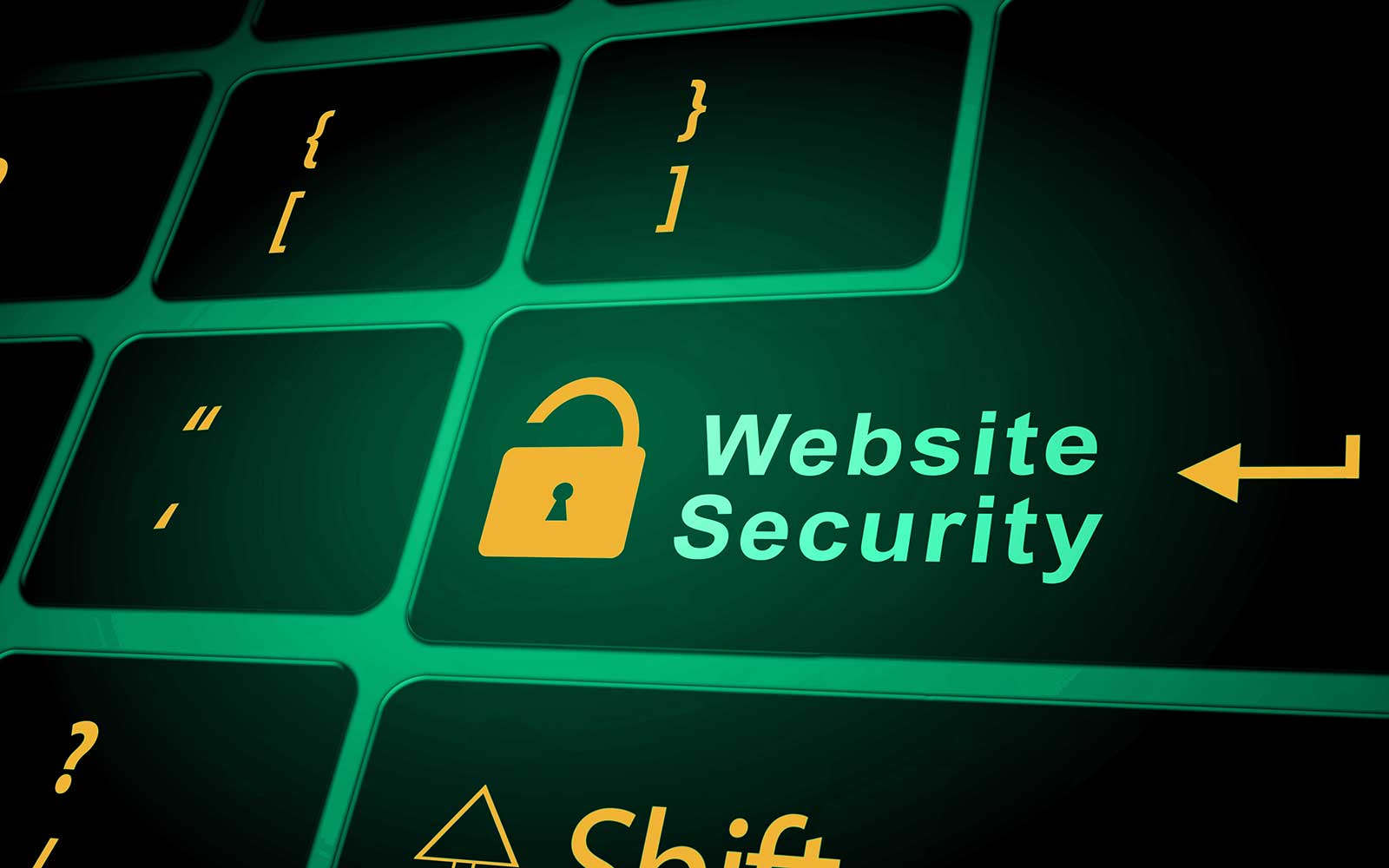In an increasingly digital world, maintaining the security of your website is more crucial than ever. Cyberattacks and data breaches can have devastating consequences, not just for your business but also for your customers. Ensuring robust website security protects sensitive information and enhances user trust, which can ultimately lead to increased traffic and conversions. Here are some best practices for maintaining website security.

Table of Contents
Toggle1. Use HTTPS Protocol
One of the fundamental steps in securing your website is to implement HTTPS. HTTPS (HyperText Transfer Protocol Secure) encrypts data transmitted between a user’s browser and your server, making it more difficult for attackers to intercept sensitive information, such as credit card numbers and login credentials. Most web hosting providers offer SSL certificates to enable HTTPS. Switching to HTTPS not only enhances security but also improves your search engine ranking, as Google considers it a ranking factor.
2. Regularly Update Software and Plugins
Outdated software, including content management systems (CMS), plugins, and themes, can create vulnerabilities that hackers exploit. Regularly updating your website’s software helps patch security holes and enhances overall performance. Set reminders to check for updates or enable automatic updates whenever possible. If you’re using third-party plugins, ensure they are from reputable sources and regularly maintained.
3. Implement Strong Password Policies
Weak passwords are a common entry point for cybercriminals. Enforce strong password policies for your website’s admin panel and user accounts. Encourage users to create complex passwords that include a combination of letters, numbers, and special characters. Additionally, implement multi-factor authentication (MFA) to add an extra layer of security. MFA requires users to provide additional verification, such as a code sent to their mobile device, before granting access.
4. Regular Backups
Creating regular backups of your website ensures that you can quickly restore it in case of a security breach or data loss. Use automated backup solutions to schedule daily or weekly backups, and store them in a secure location, such as cloud storage or an external hard drive. Ensure that backups include all website data, including databases, media files, and scripts. Regularly test your backup and restore process to ensure it works effectively.
5. Monitor Website Activity
Implementing monitoring tools allows you to keep track of website activity and detect unusual behavior, such as unauthorized login attempts or changes to files. Tools like Google Analytics, security plugins, and server logs can help you identify potential security threats. By being proactive and monitoring your website regularly, you can take swift action to mitigate risks before they escalate.
6. Limit User Access
Restricting user access to your website’s backend is crucial for maintaining security. Assign user roles based on the principle of least privilege, ensuring that individuals have only the permissions necessary to perform their tasks. Regularly review user accounts and remove access for users who no longer need it. This helps minimize the risk of unauthorized access and reduces potential vulnerabilities.
7. Implement a Web Application Firewall (WAF)
A Web Application Firewall (WAF) acts as a barrier between your website and potential threats. It filters and monitors incoming traffic, blocking malicious requests before they reach your server. WAFs can protect against various attacks, including SQL injection, cross-site scripting (XSS), and DDoS attacks. Many hosting providers offer WAF services, or you can use third-party solutions to enhance your website’s security.
8. Conduct Regular Security Audits
Performing regular security audits helps identify vulnerabilities and areas for improvement. Security audits should include checking for outdated software, misconfigured settings, and potential threats. You can use automated security scanning tools or hire a professional to conduct a comprehensive audit. Based on the findings, prioritize addressing vulnerabilities to strengthen your website’s security posture.
9. Educate Your Team
Human error is a significant factor in many security breaches. Educate your team about the importance of website security and best practices, including recognizing phishing attacks and avoiding insecure networks. Conduct regular training sessions to keep security top of mind and foster a culture of vigilance among your employees. The more informed your team is, the better equipped they will be to identify and respond to potential threats.
10. Stay Informed About Security Threats
The cybersecurity landscape is constantly evolving, with new threats emerging regularly. Stay informed about the latest security trends, vulnerabilities, and best practices by following industry news, security blogs, and forums. Joining cybersecurity communities can also provide valuable insights and resources to help you keep your website secure.
Conclusion
Maintaining website security is an ongoing effort that requires vigilance, education, and proactive measures. By implementing these best practices, you can significantly reduce the risk of cyberattacks and protect your business and customers from potential harm. Remember, the security of your website is not just about technology; it’s about building trust and ensuring a safe environment for your users. Prioritize website security today to safeguard your business’s future.


No responses yet